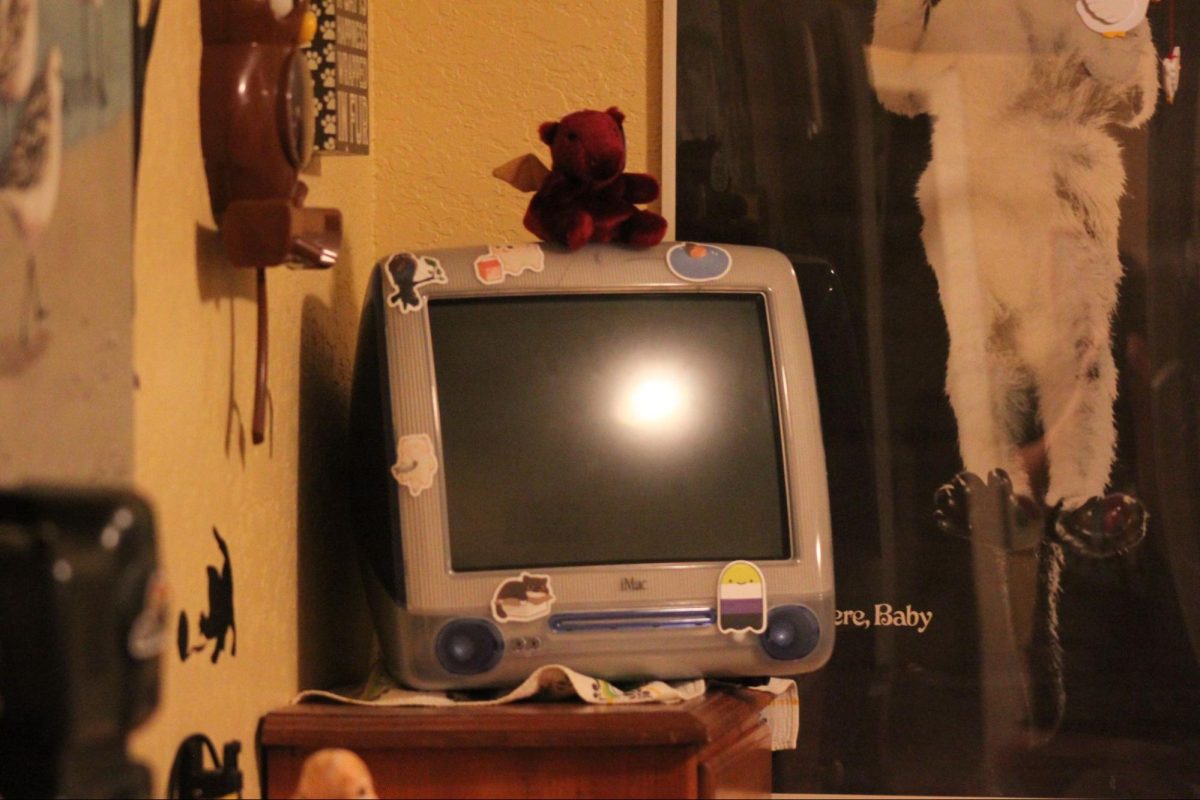America’s Chronic Case of Systemic Racism
June 19, 2020
Racism has been rampant in this country since its very foundation. It is enforced by systems that have been in place for hundreds of years. America’s first organized police force, for example, was initially formed to control slave riots. While the police force today is intended for an extremely different purpose and has changed drastically, the system, due to its corrupt roots and inherent biases, continues to perpetuate oppression. However many of us, blinded by our privilege, have seen fit to ignore it until now. While the recent deaths of George Floyd, Breonna Taylor, and Rayshard Brooks are only a few of the many victims of this corrupt system, upon once more witnessing the stark cruelty of police brutality through social media, many Americans (and people around the world) seem to have had enough.
However in order to make change, we need to understand the magnitude of the issue. The bias that causes the disparity between the effects of police brutality on Black Americans and other races is a symptom of a much larger and more pervasive problem called institutionalized or systemic racism. Imagine having to run a race, but one competitor has a 400 meter head start and the other has to wear ankle weights as they run. The race would be extremely unfair despite the fact that both competitors are running at the same time. Similarly, the Black community in America endured hundreds of years of slavery before emancipation, after which they were segregated and overtly discriminated against under Jim Crow Laws. When Black people were finally given equal rights under the law discrimination lingered and to this day Black people are severely disadvantaged due to oppressive systems that our society has failed to abolish.
The Smithsonian defines oppression as “a combination of prejudice and institutional power that creates a system that regularly and severely discriminates against some groups and benefits other groups”. When the oppression of a certain group is highly prevalent and has been happening for an exceedingly long time, it is referred to as systemic or institutionalized racism. This is because, over time, prejudice becomes woven into integral parts of a country’s systems, making them biased against certain groups. Furthermore, people who come from historically oppressed groups begin their lives with additional inherited disadvantages.
This is apparent through the racial wealth gap: a 2011 study by the Brookings Institute found that “the median white family has 41 times more wealth than the median African-American family” and a 2020 study from the same institute notes that “the ratio of white family wealth to Black family wealth is higher today than at the start of the century. A major factor in this difference is that Black households typically receive little inherited income. Inherited income is made up of assets that are passed down through generations and generally makes up 4% of a household’s income. However historically, it has been extremely difficult for Black families to build wealth due to discriminatory practices such as redlining, in which people in specific communities, primarily lower-income communities of color, were denied various government services and access to credit. Researchers from The Hamilton Project conclude that “the areas that were redlined in the 1930s remain disproportionately poor and disproportionately black today”. In these communities poverty was pervasive; due to lack of opportunity, people in those areas could earn enough money to leave. Their children and the subsequent generations faced the same fate.
In much of the early 1900s, even if people of color were able to accrue significant wealth it put them in an extremely dangerous position as it made them a target for racial violence. In the 1921 Tulsa Race Massacre, for example, a thriving primarily Black business district was burned to the ground by mobs. Additionally, the Oxford Journal writes that “ middle- and upper-income blacks are more likely to provide informal financial assistance than their white counterparts… this difference in financial assistance can account for part of the racial gap in wealth.” Due to feelings of community responsibility Black people, especially those who have been in poverty, who have a significant disposable income are more likely to help others in their community rather than putting the money towards gaining more wealth or accumulating large amounts of savings. Due to lack of inherited income, among other problems, it becomes extremely difficult for Black families to accumulate and maintain wealth.
Systemic racism also means that throughout a Black person’s life they experience disadvantages such as unequal opportunity and racial profiling in the workplace. This can lead to difficulty getting hired, hostile work environments, unequal pay, difficulty getting promoted, and disproportionate risk of getting fired. In a 2017 study by Georgia Tech, people with stereotypically White names and people with stereotypically Black names submitted identical resumes for the same job. The study found that, “White names receive[d] 50 percent more callbacks for interviews… ” and thus concluded that, “Differential treatment by race still appears to still be prominent in the U.S. labor market.”
Living life at a disadvantage is a major stressor for many people of color, especially Black people. This constant added stress of discrimination and fear of racial violence can cause a slew of health problems such as hypertension, diabetes, and lowered immune system function. It also has profound effects on an individual’s mental health and quality of life. This is not just caused by overt racism or violence; microaggressions and less obvious forms of discrimination also come into play and can build up over time. “It doesn’t matter where we go . . . we’re always reminded that we’re Black . . .” says Ashanti Outlaw (‘20), “For example, stereotyping, people tend to assume things about me . . . they’ll assume that oh I listen to this type of music because I’m Black, or I play these sports because I’m Black, or I hang out with these people, or I do these things because I’m Black . . . it’s based off of superficial things [instead] of my character and who I am as a person”. The primary difference between microaggressions and overt discrimination is that those who commit microaggressions are typically unaware of them. Microaggressions include behaviors such as stereotyping, color/racial blindness, racially qualified ‘compliments’ (ex. ‘You don’t sound Black’, ‘You speak such good English’), assumption of criminality or poverty, and denial of one’s own racial biases. Microaggressions are extremely common and are experienced by all minority groups, albeit in different ways. However, they can effectively be combated by awareness and education. It is always important to be aware of your own privileges, how your behavior may show bias, and how it may make others around you feel. If you catch yourself or a peer exhibiting any of these behaviors, call it out and educate yourself on why it is wrong. Behaviors like these reinforce systemic racism and put added stress on marginalized groups.
It is imperative that we strive to make changes and move towards a future in which Black people are not at a disadvantage simply because they are Black. We must make sure that future generations don’t experience the same challenges their parents face. It is the 21st century and racism of any kind should not be tolerated. There is change brewing and it is our responsibility to make sure that we follow through. Those who reinforce these corrupt systems need to be held accountable for their actions and we have the ability to do so. Donate and attend protests if you can. Regardless, educate yourself and people around you, call out racism when you see it, and make a conscious decision to be not just “not racist” but anti-racist. Remember, this is not a moment, it is a movement; change will not happen overnight. But with a bit of consistency and willpower, we can fight oppressive systems and create equity for those in the Black community. Black Lives Matter.






